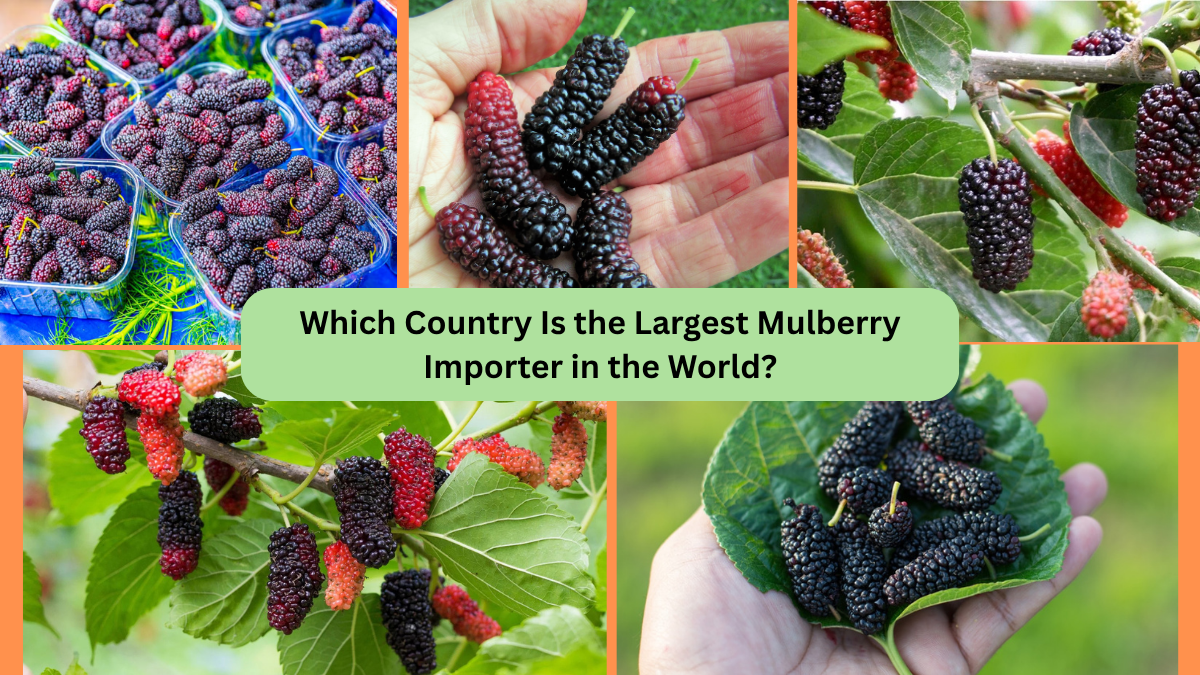Mulberries are sweet, nutritious, and surprisingly powerful. Often overlooked in favor of more common berries like strawberries or blueberries, mulberries have slowly gained international attention for their remarkable health benefits and culinary versatility. But while many countries grow them, there’s one global giant that stands out as the largest mulberry importer in the world—the United States of America.
This article dives deep into the mulberry trade, exploring global production, import statistics, market trends, and why the U.S. has emerged as the top destination for this superfruit.
What Are Mulberries?
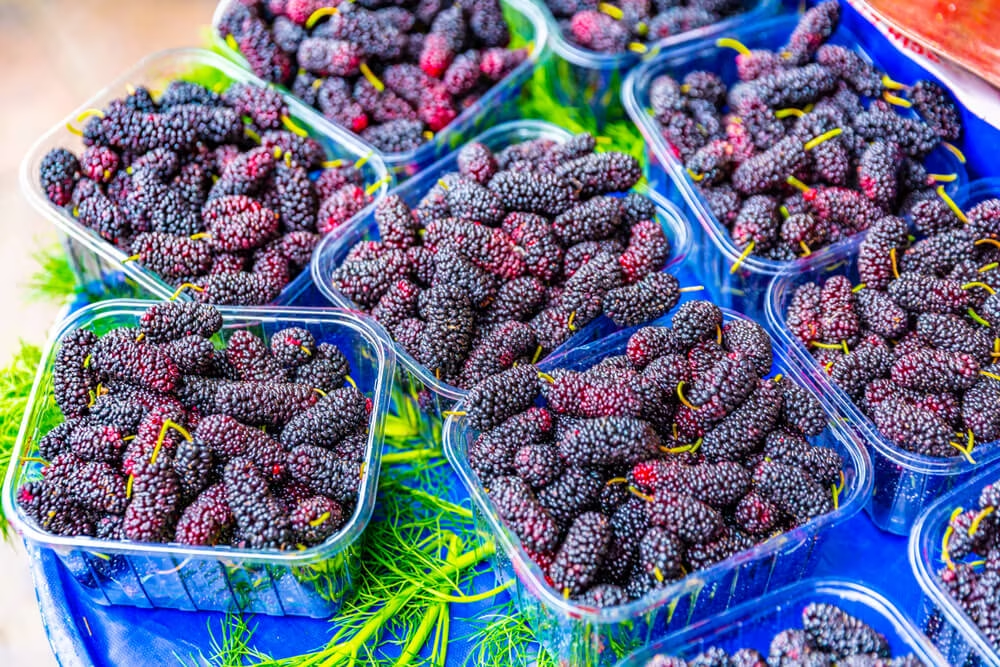
Mulberries are the fruit of trees in the genus Morus, found in red (Morus rubra), white (Morus alba), and black (Morus nigra) varieties. Native to Asia, Europe, and North America, these berries resemble elongated blackberries and are known for their rich, sweet flavor and soft texture.
They are not only delicious but also packed with:
- Vitamins C, K, and E
- Iron and potassium
- Fiber
- Antioxidants like resveratrol and anthocyanins
Mulberries are used in:
- Jams and syrups
- Smoothies and desserts
- Dried snacks
- Herbal and natural medicines
Global Mulberry Production Overview
The cultivation of mulberries is widespread, primarily due to their role in sericulture (silk production), where mulberry leaves are the only food for silkworms. Major producers of mulberries include:
- China – The largest global producer, both for fruit and sericulture.
- India – A significant producer, particularly for its silk industry.
- Turkey – Well-known for producing dried mulberries.
- Iran and Pakistan – With traditional uses in sweets and medicine.
- United States – Has native species but limited commercial cultivation.
Despite China and India being major producers, their export volumes are relatively low due to high domestic consumption. That opens the door for countries like the U.S. to import large volumes to meet growing demand.
Global Mulberry Trade: An Expanding Market
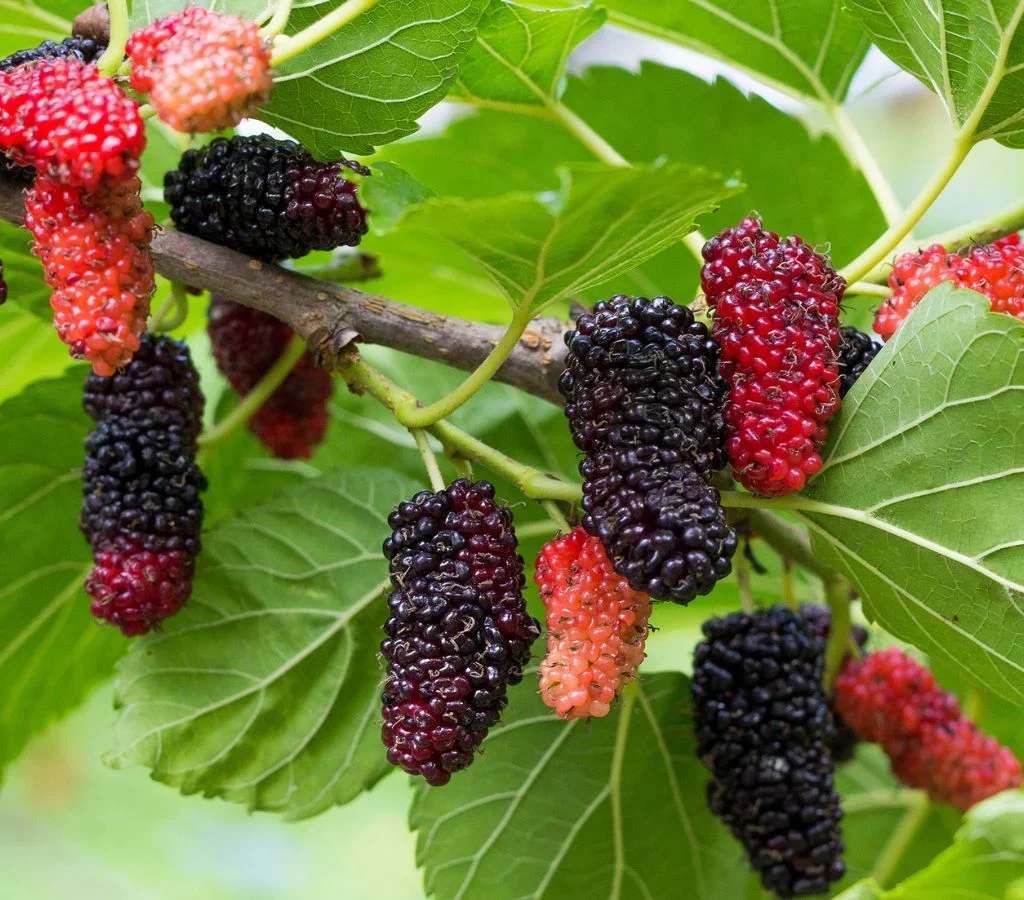
Mulberries were traditionally consumed fresh or dried in local markets. However, with the rise in superfoods, organic products, and functional nutrition, global trade in mulberries has increased dramatically.
- The global market for mulberries and mulberry products (including dried fruit, powders, and supplements) was valued at approximately USD 1.5 billion in 2023, with projections reaching USD 2.2 billion by 2028.
- Demand is driven by their antioxidant content, blood sugar benefits, and use in wellness beverages and cosmetics.
United States: The World’s Largest Mulberry Importer
Despite being native to parts of North America, the United States has limited commercial mulberry cultivation. As a result, it relies heavily on imports to meet rising consumer and industrial demand.
Import Statistics:
- In 2023, the U.S. imported approximately 245,000 metric tons of fresh and dried mulberries.
- These imports were valued at over USD 2 billion, accounting for almost 50% of global mulberry imports.
Why the U.S. Leads in Imports:
- Limited Domestic Production – Most native mulberries in the U.S. are not farmed commercially at scale.
- High Consumer Demand – The health-conscious U.S. market embraces superfoods and natural remedies.
- Diverse Applications – Mulberries are used in dietary supplements, smoothie powders, fruit bars, and cosmetics.
- Ethnic and Specialty Markets – Middle Eastern, Turkish, Indian, and Korean communities in the U.S. have strong culinary traditions involving mulberries.
- E-commerce and Specialty Health Brands – Online health food retailers offer imported dried mulberries, juices, and extracts across all 50 states.
Other Major Mulberry Importers
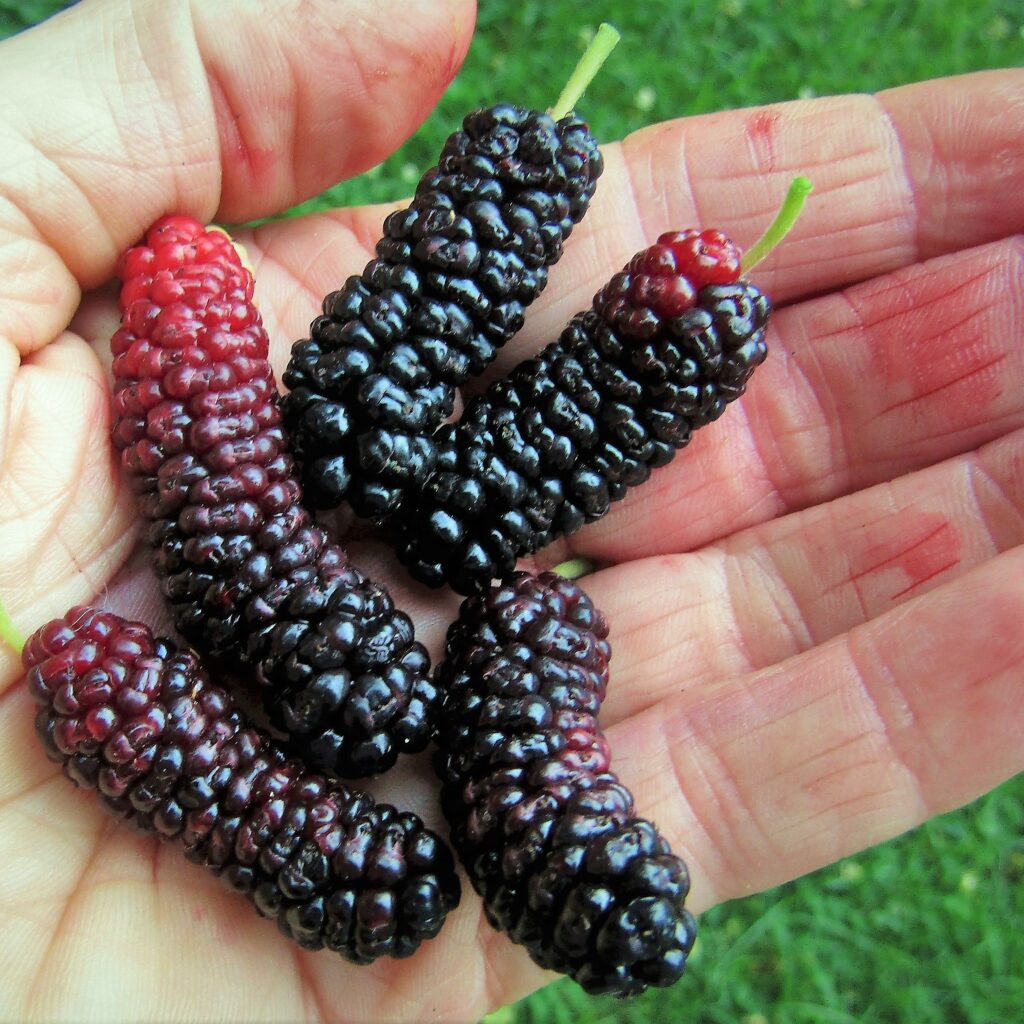
While the U.S. dominates the market, several other countries also contribute significantly to global mulberry trade.
| Country | Import Volume (2023) | Import Value (USD) |
|---|---|---|
| United States | 245,000 metric tons | $2.03 billion |
| Germany | 38,000 metric tons | $312 million |
| Canada | 36,500 metric tons | $367 million |
| Spain | 33,000 metric tons | $288 million |
| France | 25,000 metric tons | $215 million |
These countries import mulberries primarily for dried fruit markets and the production of specialty food products.
Major Exporters Supplying the U.S.
The United States sources its mulberries from a mix of developing and developed nations:
- Turkey – A key supplier of dried white mulberries, valued for their chewy texture and honey-like sweetness.
- Iran – Known for black and white dried mulberries and mulberry molasses.
- China – Supplies both dried and frozen varieties.
- India – Exports fresh fruit, juice, and powders.
- Mexico – Gaining traction as a nearby supplier of fresh mulberries.
These countries have leveraged their cost-effective production and growing practices to meet rising demand in North America.
Where Are Mulberries Used in the U.S.?
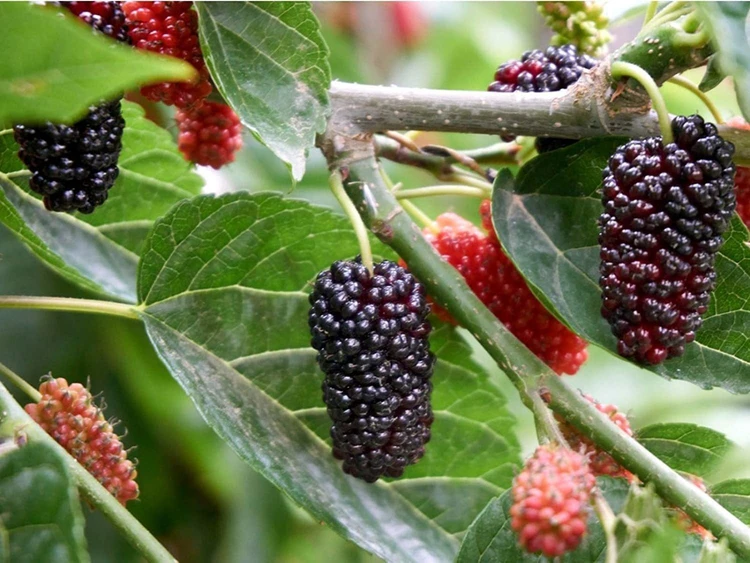
- Natural Food Markets – Whole Foods, Trader Joe’s, and Sprouts carry dried mulberries and mulberry snacks.
- Online Retailers – Amazon, Thrive Market, and iHerb offer imported mulberry products.
- Dietary Supplements – Mulberry powder and extracts are used in capsules, herbal teas, and drink mixes for blood sugar support.
- Cosmetic Industry – Mulberry extract is found in natural skin-lightening creams and antioxidant-rich serums.
- Ethnic Grocers – Middle Eastern, Korean, and Indian stores frequently stock imported dried mulberries and syrups.
Health Benefits Fueling Demand
One of the biggest reasons for the spike in mulberry imports is consumer interest in natural remedies and nutrient-dense foods. Mulberries are credited with:
- Supporting blood sugar regulation.
- Boosting heart health.
- Improving digestion and skin appearance.
- Supporting liver function.
These attributes make them a favorite among people seeking plant-based wellness options.
Market Trends and Future Outlook
1. Functional Food Boom
Mulberries are being added to protein bars, cereals, energy snacks, and smoothies as a natural sweetener and antioxidant.
2. Rise in Herbal Medicine
In Traditional Chinese and Ayurvedic medicine, mulberries are known for improving blood quality and cooling the body—leading to increased interest in supplement form.
3. Expansion of Organic Varieties
Organic dried mulberries, especially from Turkey and India, are becoming top-selling SKUs in the U.S. market.
4. Growth in Mulberry Leaf Imports
In addition to fruit, mulberry leaves are gaining attention in tea and supplement markets for their role in managing blood glucose levels.
Challenges in the Mulberry Import Market

Despite the growing demand, there are a few challenges:
- Perishability – Fresh mulberries spoil quickly and require careful cold-chain logistics.
- Seasonality – The harvest season is short (May–July), so dried and frozen forms are essential to maintain supply.
- Tariff and Regulatory Issues – Importers must meet FDA guidelines, organic certifications, and potential customs tariffs.
Conclusion
So, which country is the largest mulberry importer in the world? Without question, the United States.
Thanks to its health-conscious consumers, diverse culinary traditions, and limited local production, the U.S. has become the epicenter of global mulberry imports. As trends like natural nutrition, plant-based medicine, and superfoods continue to shape the future of the food industry, mulberries are expected to remain in high demand—especially across American markets.
Quick Summary:
| Metric | Data |
|---|---|
| Top Importer | United States |
| 2023 Import Volume | 245,000 metric tons |
| 2023 Import Value | $2.03 billion |
| Top Exporters to U.S. | Turkey, Iran, China, India, Mexico |
| Key Applications | Supplements, snacks, ethnic foods, wellness |
Would you like me to prepare a follow-up article on the largest mulberry exporter in the world or a breakdown of mulberry product categories? I’d be happy to help!
